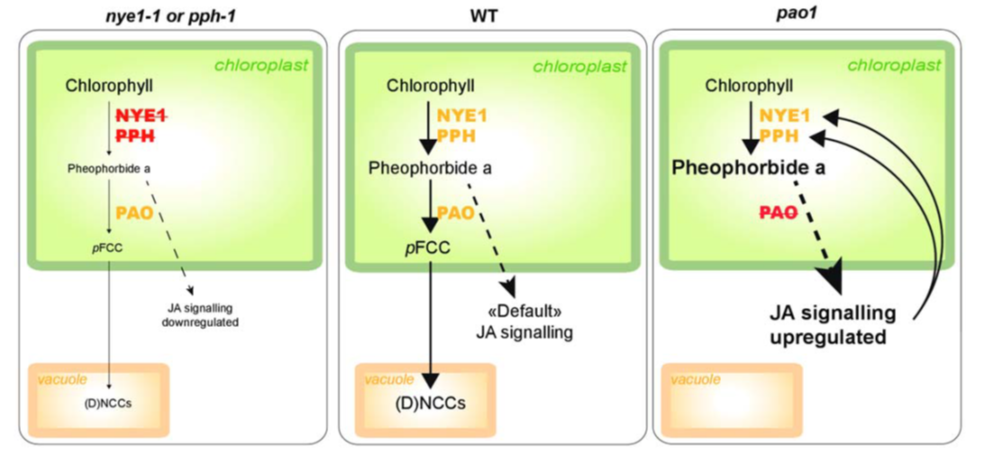
Pheophorbide a may regulate jasmonate signaling during dark-induced senescence
Plant Science Research Weekly
During leaf senescence, nitrogen-rich chlorophyll is broken down through a regulated process so that nitrogen-containing compounds can be reassimilated into the plant body. Chlorophyll catabolites are sequestered in the vacuole as linear tetrapyrroles known as phyllobilins, produced through the action…
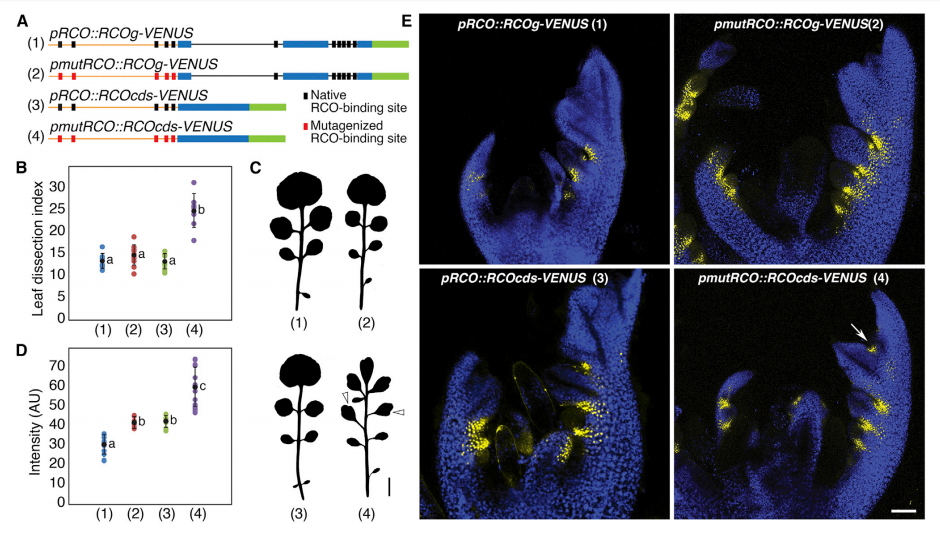
Autoregulation of RCO by low-affinity binding modulates cytokinin action and shapes leaf diversity (Curr. Biol)
Plant Science Research WeeklyREDUCED COMPLEXITY (RCO) is the main homeodomain transcription factor (TF) responsible for leaf complexity in cruciferous plants. RCO is lost in the model Arabidopsis with simple leaves but present in the genome of Cardamine hirsuta, a good model for leaf morphology traits. However, little is known about…

Promotion of BR biosynthesis by miR444 is required for ammonium-triggered inhibition of root growth (Plant Physiol.) ($)
Plant Science Research WeeklyNitrogen, as one of the most important plant nutrients, profoundly affects root growth. Nitrogen is usually taken up in one of two forms, nitrate (NO3-) or ammonium (NH4+), and the two forms affect root growth differently. Here, Jiao et al. demonstrate a connection between ammonium, a small RNA, and…
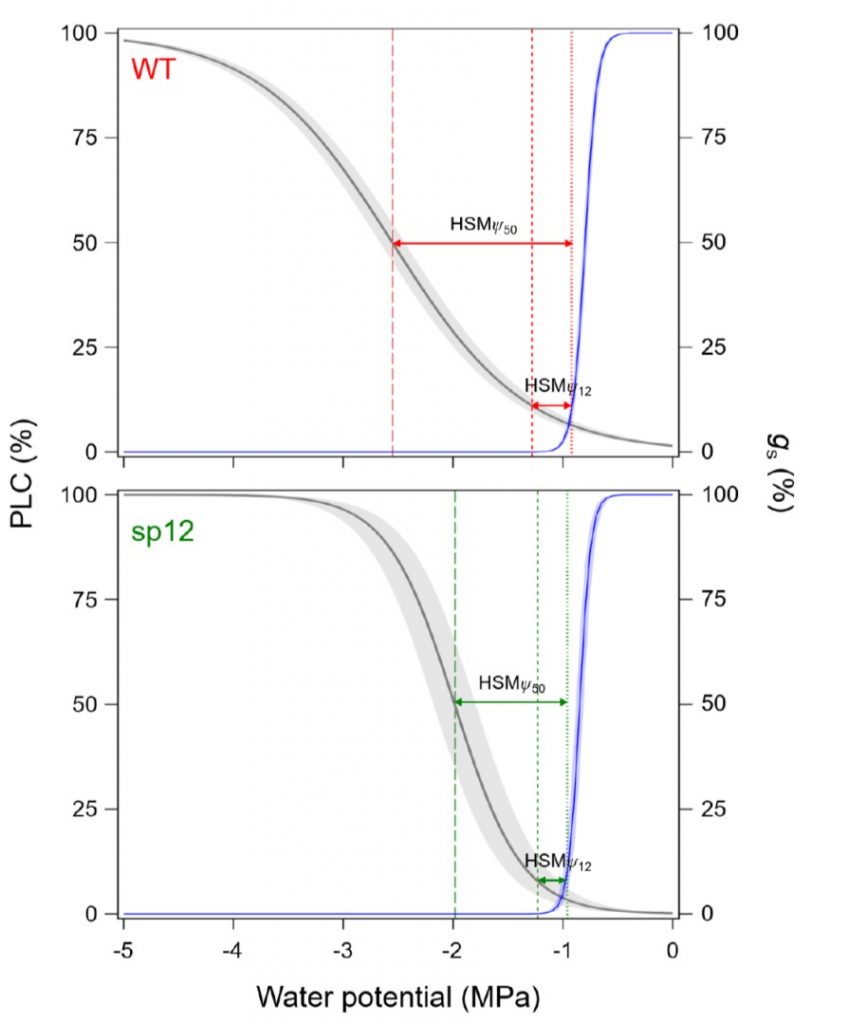
Over‐accumulation of abscisic acid in transgenic tomato plants increases the risk of hydraulic failure (Plant Cell Environ.)
Plant Science Research WeeklyABA enhances stomatal closure and so decreases transpiration. Several studies have shown that increasing ABA levels can increase water-use efficiency, so this strategy has been investigated with the goal of obtaining “more crop per drop”. Lamarque et al. investigated physiological and hydraulic effects…
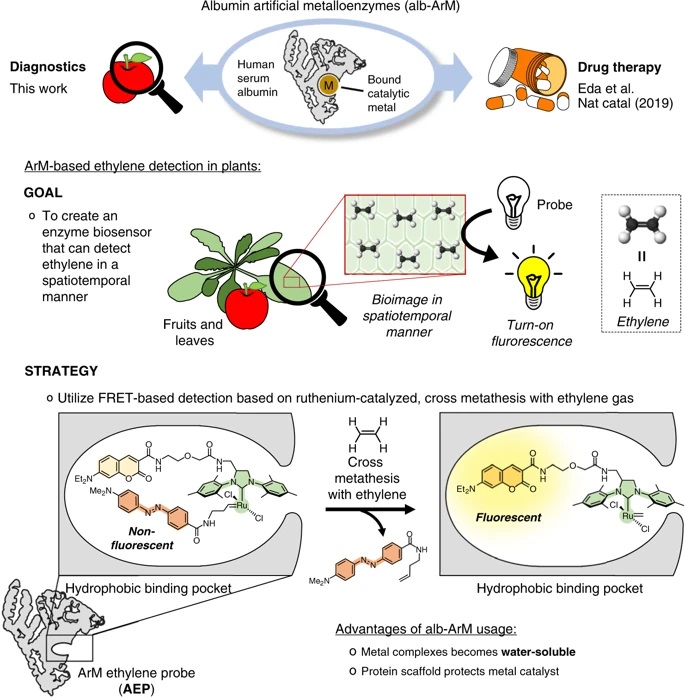
An artificial metalloenzyme biosensor can detect ethylene gas in fruits and Arabidopsis leaves (Nature Comms)
Plant Science Research WeeklyBiosensors have provided abundant information about the distribution of target enzymes, for example auxin, revealing much about their roles in plant physiology and development. Ethylene is a tiny (C2H4) gaseous hormone that hasn’t been very amenable to the development of biosensors. Here, Vong et al.…
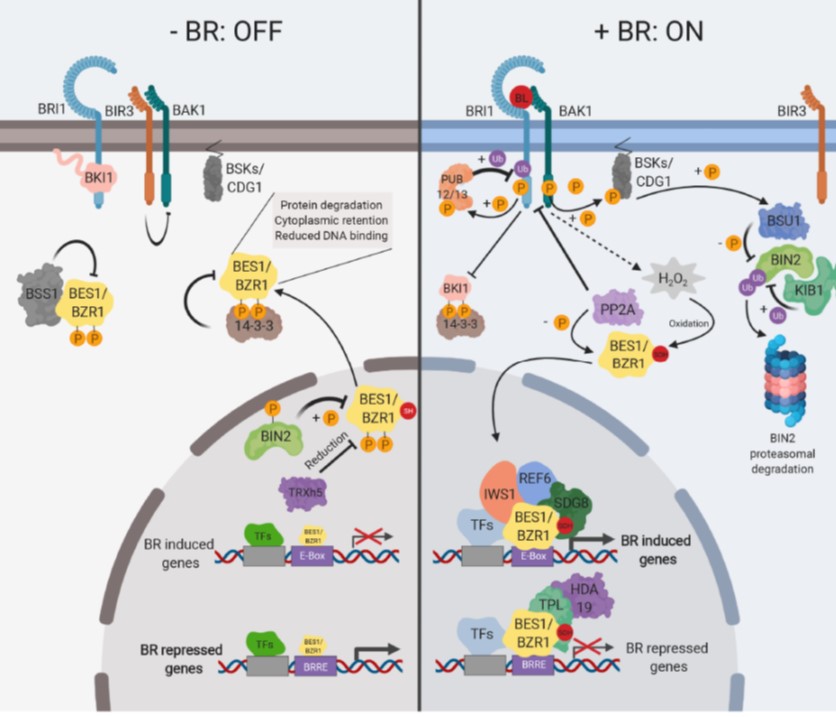
Review. Brassinosteroids: Multi-dimensional regulators of plant growth, development, and stress responses (Plant Cell)
Plant Science Research WeeklyIt’s been fifty years since the existence of brassinosteroids was shown, and about thirty since the awesome power of Arabidopsis genetics started to reveal the genes involved in its synthesis, perception and signaling. Nolan et al. review the highlights of brassinosteroid research and also more recent…

Pyrethrin biosynthesis: From a phytohormone to specialized metabolite
Plant Physiology, Plant Physiology: News and Views, ResearchRaimund Nagel
Universität Leipzig
Department of Plant Physiology
Leipzig, Saxony 04103
Germany
[email protected]
Dalmatian chrysanthemum (Tanacetum cinerariifolium) contains pyrethrins, which are highly effective natural insecticides that are nontoxic to most animals and biodegradable.…

A ligand-independent origin of abscisic acid perception ($) (PNAS)
Plant Science Research WeeklyThe origins of ABA signaling have long been puzzling. Green algae make ABA but don't respond to it, and ABA receptors have appeared to be missing from their genomes. Reccently, Sun et al. identified a gene encoding an ortholog of PYL family of ABA receptor proteins in the transcriptome of an alga from…
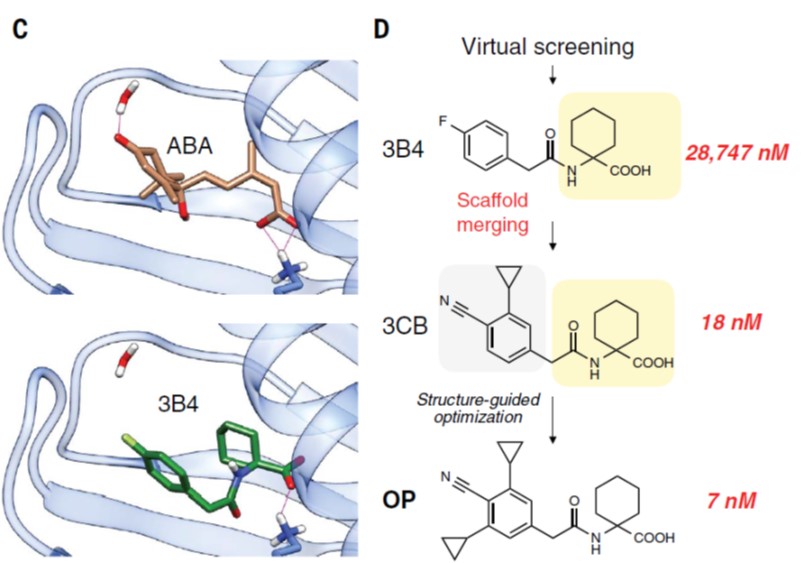
Dynamic control of plant water use using designed ABA receptor agonists (Science)
Plant Science Research WeeklyABA is synthesized in response to water stress and promotes stomatal closure, thus decreasing transpiration. Crop yields can be increased by controlling transpiration early in the growing season, ensuring that soil water resources persist through the seed-set period. Building upon earlier studies, Vaidya,…

